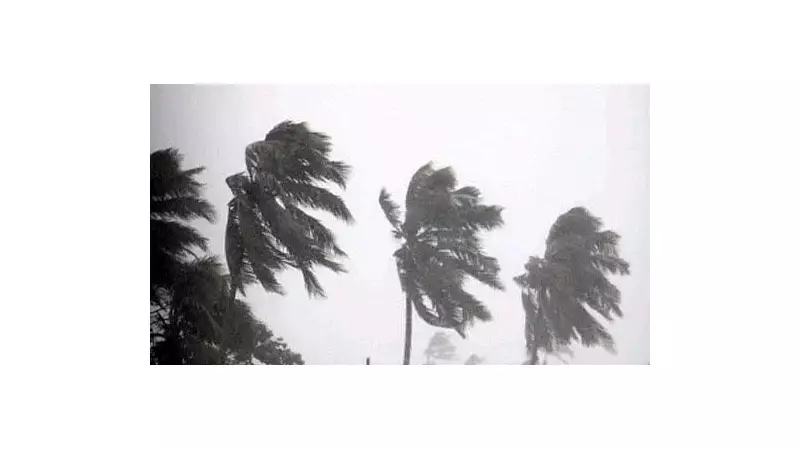
The Indian Meteorological Department (IMD) has issued crucial weather warnings as Cyclone Tej continues to gain strength over the Arabian Sea. The weather system, which has been closely monitored by meteorological authorities, is projected to intensify into a severe cyclonic storm by the morning of October 28.
Rapid Intensification Underway
According to the latest weather models and satellite observations, Cyclone Tej is undergoing rapid intensification. The storm system has been moving through favorable atmospheric conditions that include warm sea surface temperatures and low vertical wind shear, creating the perfect environment for cyclone development.
Projected Path and Intensity
Weather experts predict that Cyclone Tej will reach its peak intensity around October 28, with wind speeds expected to increase significantly. The IMD has been providing regular updates to coastal authorities and disaster management teams, ensuring preparedness measures are in place.
Key Developments:
- Cyclone Tej continues to organize and strengthen over east-central Arabian Sea
- Favorable oceanic and atmospheric conditions supporting rapid intensification
- Fishermen and coastal communities advised to exercise extreme caution
- Emergency response teams placed on high alert in vulnerable regions
Precautionary Measures Activated
Coastal states along India's western coastline have been put on high alert as the cyclone approaches. The National Disaster Response Force (NDRF) has been directed to maintain readiness for potential deployment, while port authorities have been instructed to implement safety protocols for maritime activities.
Maritime warnings have been issued for the Arabian Sea, with fishing communities and commercial shipping operators advised to avoid the affected areas. The cyclone's development comes during a period of active weather patterns in the region, highlighting the importance of continuous monitoring and early warning systems.
Regional Impact Assessment
While the exact landfall trajectory remains under observation, meteorological experts emphasize that coastal regions should prepare for potential impacts including heavy rainfall, strong winds, and rough sea conditions. The IMD continues to track the system using advanced satellite technology and weather modeling to provide accurate forecasts.
Residents in coastal areas are advised to stay updated with the latest weather bulletins and follow instructions from local authorities. The situation remains dynamic, with meteorological teams working around the clock to monitor Cyclone Tej's progression and potential threats to the Indian coastline.





